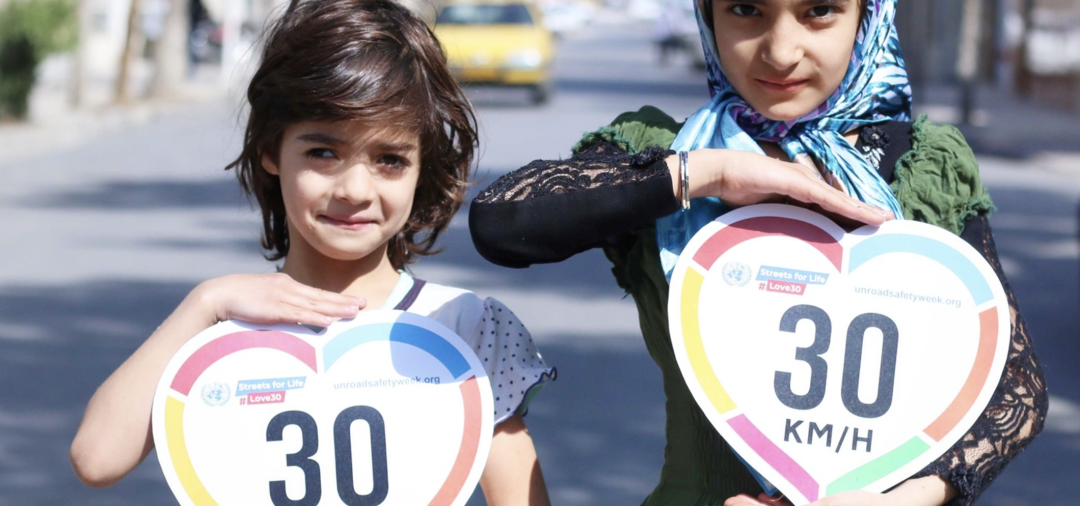Disclaimer:
Please be aware that the content herein is comprised of personal reflections, observations, and insights from our contributors. It is not necessarily exhaustive or authoritative, but rather reflects individual perspectives. While we aim for accuracy, we cannot guarantee the completeness or up-to-date nature of the content.
Images
Type of the Solution
Initiative
Affected Sector
Transport, Urban development, Environment, Public health
Description of the solution
Campaign calling for limiting speeds to 30 km/h where people walk, live and play, as streets that promote safe walking and cycling can reduce car dependency and harmful vehicle emissions that contribute to climate change. Barcelona has been taking more steps to apply the 30 km/h limit in 75% of the city’s streets, including main roads.
Socio-economic effects
Reduce harmful vehicle emissions, reduce fuel consumption, help prevent road traffic deaths,
improve traffic flow, promote physical activity
Type of Measure
1. active measures (direct measures for reduction of air pollution)
Type of sub-measure
4. awareness raising and knowladge sharing
Who led the solution
Local government
Timescale of implementation
Short-term (up to 1 year)
Other Notes
1. There is #Love30 campaign launched by WHO to call for 30 km/h speed limits to be the norm for cities, towns and villages worldwide.
https://www.who.int/news/item/[REDACTED_PHONE]-campaign-launched-to-make-30-km-h-streets-the-norm-for-cities-worldwide
2. Effectiveness of city-wide 30 km/h speed limit, research outcome produced by George Yannis, Professor at National Technical University of Athens.
https://www.nrso.ntua.gr/geyannis/wp-content/uploads/geyannis-cp622.pdf
Links to the solution
 Consent to share form or official link.
Consent to share form or official link.


Comments
Log in to add a comment or reply.